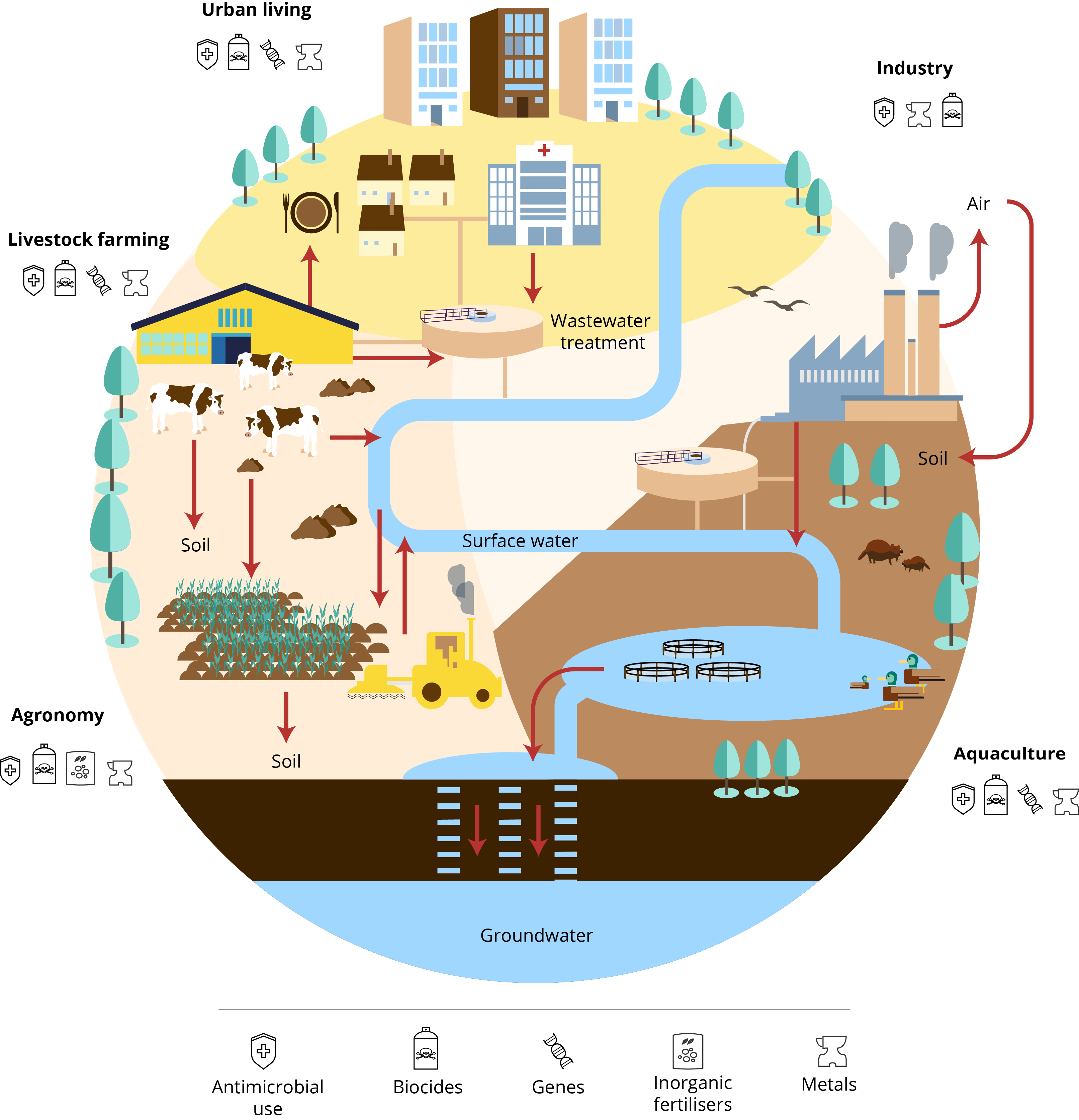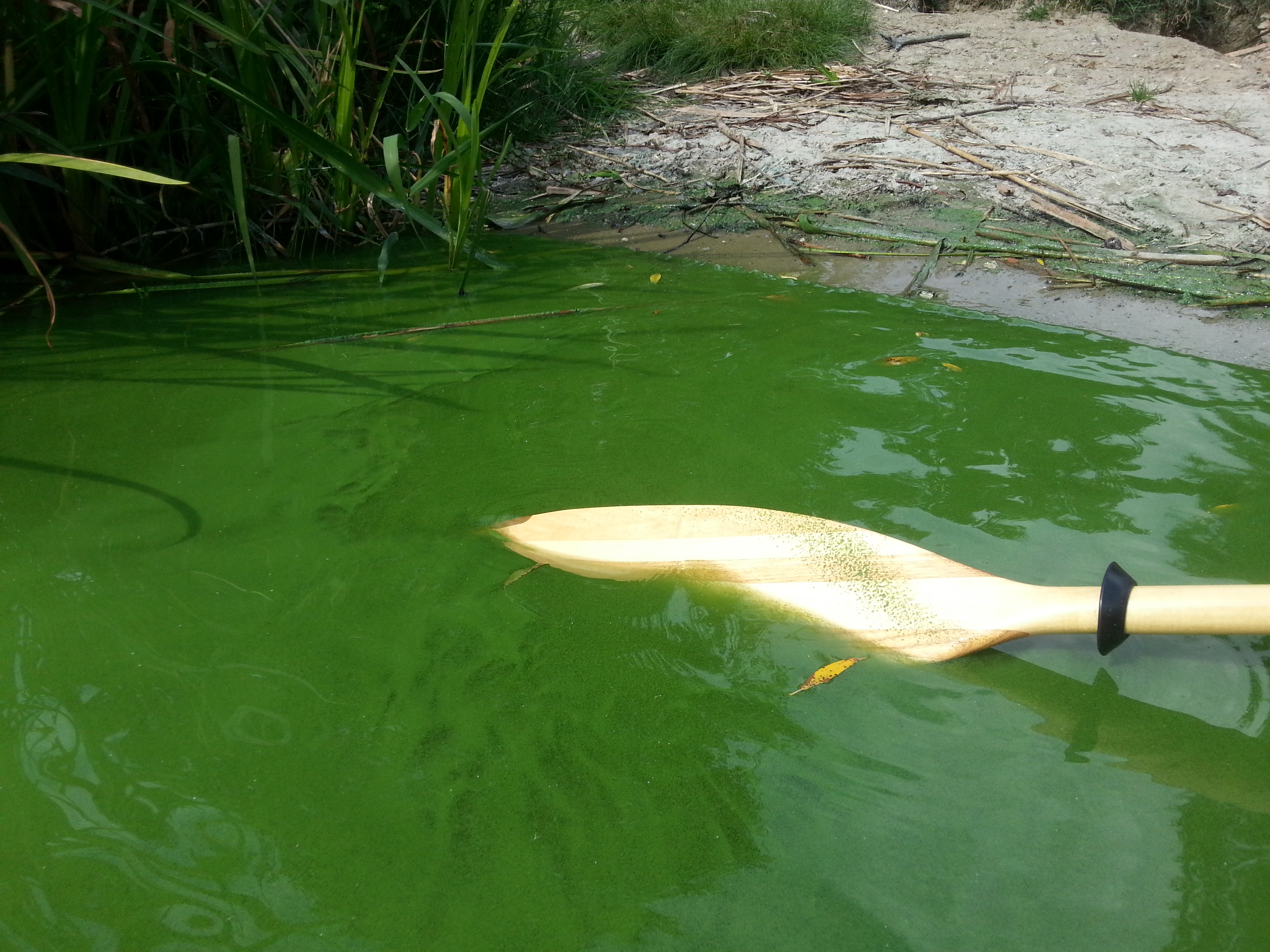Bengtsson-Palme, J. and Larsson, D. G. J., 2016, ‘Concentrations of antibiotics predicted to select for resistant bacteria: proposed limits for environmental regulation’, Environment International 86, pp. 140-149 (https://doi.org/10.1016/j.envint.2015.10.015).
Carvalho, I. T. and Santos, L., 2016, ‘Antibiotics in the aquatic environments: a review of the European scenario’, Environment International 94, pp. 736-757 (https://doi.org/10.1016/j.envint.2016.06.025).
Cassini, A., et al., 2019, ‘Attributable deaths and disability-adjusted life-years caused by infections with antibiotic-resistant bacteria in the EU and the European Economic Area in 2015: a population-level modelling analysis’, The Lancet Infectious Diseases 19(1), pp. 56-66 (https://doi.org/10.1016/S1473-3099(18)30605-4).
Chen, Q., et al., 2016, ‘Long-term field application of sewage sludge increases the abundance of antibiotic resistance genes in soil’, Environment International 92-93, pp. 1-10 (https://doi.org/10.1016/j.envint.2016.03.026).
EFSA, 2021, ‘Role played by the environment in the emergence and spread of antimicrobial resistance (AMR) through the food chain’, EFSA Journal19(6), e06651 (https://doi.org/10.2903/j.efsa.2021.6651).
EC, 2022, Impact assessment accompanying the Proposal for a Directive of the European Parliament and of the Council concerning urban wastewater treatment (recast), European Commission, SWD(2022) 541 final, European Commission, Brussels (https://environment.ec.europa.eu/document/download/0c65f57a-9db0-4665-b5e4-e2ba671de95d_en?filename=Impact%20assessment%20accompanying%20the%20proposal.pdf) accessed 3 November 2022.
Manaia, C. M., et al., 2018, ‘Antibiotic resistance in wastewater treatment plants: tackling the black box’, Environment International 115, pp. 312-324 (https://doi.org/10.1016/j.envint.2018.03.044).
Niegowska, M., et al., 2021, ‘Knowledge gaps in the assessment of antimicrobial resistance in surface waters’, FEMS Microbiology Ecology 97(11), p. fiab140 (https://doi.org/10.1093/femsec/fiab140).
OECD, 2019, Pharmaceutical residues in freshwater: Hazards and policy responses, Organisation for Economic Co-operation and Development (https://www.oecd.org/chemicalsafety/pharmaceutical-residues-in-freshwater-c936f42d-en.htm) accessed 5 September 2022.
OECD, et al., 2022, Antimicrobial resistance in the EU/EEA. A One Health response, Organisation for Economic Co-operation and Development (https://www.ecdc.europa.eu/sites/default/files/documents/antimicrobial-resistance-policy-brief-2022.pdf) accessed 17 August 2022.
Sanseverino, I., et al., 2018, State of the art on the contribution of water to antimicrobial resistance, Publications Office of the European Union, Luxembourg. (https://publications.jrc.ec.europa.eu/repository/handle/JRC114775) accessed 18 October 2022.
Singer, A. C., et al., 2016, ‘Review of antimicrobial resistance in the environment and its relevance to environmental regulators’, Frontiers in Microbiology 7, p. 1728 (https://doi.org/10.3389/fmicb.2016.01728).
Swedish Environmental Protection Agency, 2018, Advanced wastewater treatment for separation and removal of pharmaceutical residues and other hazardous substances: needs, technologies and impacts, Swedish Environmental Protection Agency (https://naturvardsverket.diva-portal.org/smash/record.jsf?pid=diva2%3A1606675&dswid=9373) accessed 18 October 2022.
Tell, J., et al., 2019, ‘Science-based targets for antibiotics in receiving waters from pharmaceutical manufacturing operations’, Integrated Environmental Assessment and Management 15(3), pp. 312-319 (https://doi.org/10.1002/ieam.4141).
WHO Europe and ECDC, 2021, Surveillance of antimicrobial resistance in Europe, 2020 data — executive summary, WHO Regional Office for Europe and European Centre for Disease Prevention and Control (https://www.ecdc.europa.eu/sites/default/files/documents/Surveillance-antimicrobial-resistance-in-Europe-2020.pdf) accessed 18 October 2022.
Wilkinson, J. L., et al., 2021, ‘Pharmaceutical pollution of the world’s rivers’, PNAS, 119(8), e2113947119 (https://doi.org/10.1073/pnas.2113947119).


Document Actions
Share with others